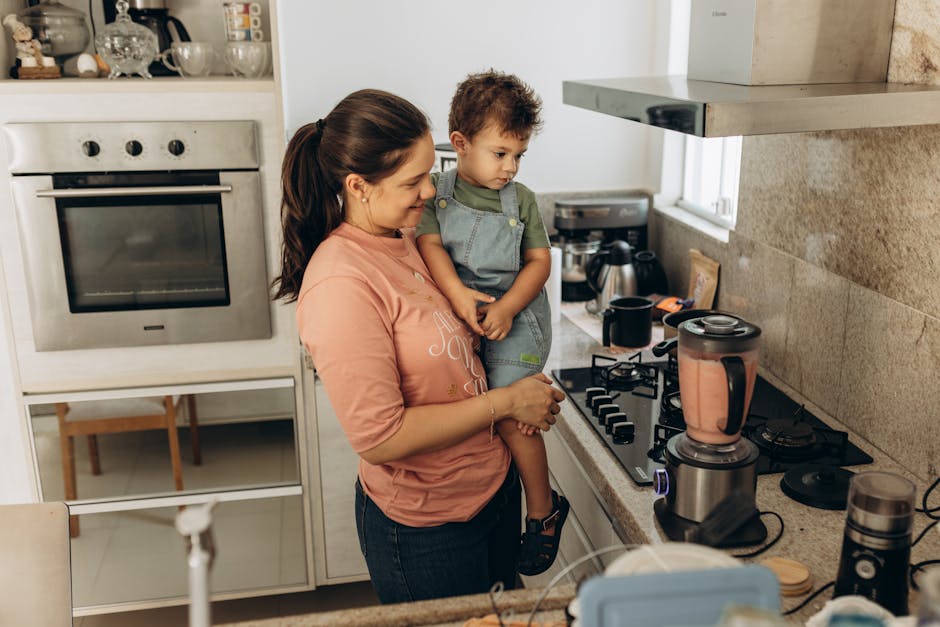Growing up in a blended family can bring unique challenges, especially when it comes to navigating step-sibling dynamics. As someone who has experienced firsthand the complexities of birth order in a blended family, I understand the importance of unraveling the impact it can have on relationships.
In this article, I’ll delve into how birth order influences the dynamics between step-siblings and sheds light on the intricacies of building strong familial bonds in blended households. From vying for attention to establishing hierarchies, birth order plays a pivotal role in shaping the interactions and connections within blended families.
Through my own encounters and research in this field, I’ve gained valuable insights into the significance of birth order in understanding the complexities of step-sibling relationships. Join me as we explore the nuances of step-sibling dynamics and uncover strategies to foster harmony and mutual respect in blended family settings.
Overview of Step-Sibling Dynamics in Blended Families
Exploring step-sibling dynamics within blended families offers valuable insights into the intricate relationships that form in these complex family structures. In these families, understanding the impact of birth order on step-sibling interactions is crucial for fostering positive relationships and harmony.
Birth order plays a significant role in shaping dynamics, influencing roles, responsibilities, and the overall family hierarchy. By delving into how birth order affects step-sibling relationships, we gain a deeper understanding of the challenges and opportunities present in blended families.
Influence of Birth Order on Step-Sibling Relationships
In blended families, birth order plays a significant role in shaping step-sibling dynamics.
Impact of Birth Order on First-Born Children in Blended Families
As the eldest in a blended family, first-born children often assume a leadership role. They may feel a sense of responsibility to guide their younger step-siblings and uphold family traditions. This can lead to feelings of pressure but also instills a sense of maturity and protective instincts in them.
Impact of Birth Order on Middle Children in Blended Families
Middle children in blended families typically navigate the role of peacemaker. Positioned between the older and younger siblings, they often seek harmony and balance within the family unit. Middle children may feel caught between the expectations placed on the elder siblings and the attention given to the youngest, fostering adaptability and empathy.
Impact of Birth Order on Last-Born Children in Blended Families
The youngest in blended families often enjoy the perks of being the baby of the family. They may experience less pressure to take on leadership roles and instead focus on creativity and forging connections with their step-siblings.
Last-born children in blended families can bring a sense of playfulness and spontaneity to the family dynamic while benefiting from the guidance and protection of their older siblings.
Strategies for Enhancing Positive Step-Sibling Relationships
In promoting positive relationships between step-siblings, fostering mutual respect and understanding is paramount. Acknowledging each individual’s unique traits and tendencies based on birth order can be a crucial step in managing expectations and interactions within blended families.
- Recognize Birth Order Traits: Understanding how birth order influences behavior can help in appreciating each step-sibling’s perspective. First-born children might naturally exhibit leadership qualities, while middle children often seek harmony and compromise. Last-born children may bring spontaneity and creativity to the family dynamic.
- Encourage Open Communication: Creating a space where step-siblings feel comfortable expressing their thoughts and emotions can aid in building trust and empathy among them. Regular family meetings or discussions can facilitate open communication channels.
- Promote Shared Experiences: Engaging in activities that involve all step-siblings can foster a sense of unity and camaraderie. Encouraging shared hobbies, outings, or projects can help in developing common ground and shared memories.
- Set Clear Expectations: Establishing clear guidelines and expectations for behavior and responsibilities can minimize conflicts and misunderstandings. Clearly defining boundaries and duties can create a harmonious environment for step-siblings to coexist.
- Celebrate Individuality: Embracing the uniqueness of each step-sibling and appreciating their strengths can foster a positive environment within the blended family. Encouraging mutual support and recognition can strengthen bonds and promote a sense of belonging.
By implementing these strategies and being mindful of the impact of birth order on step-sibling dynamics, families can work towards nurturing harmonious and supportive relationships among all members.




